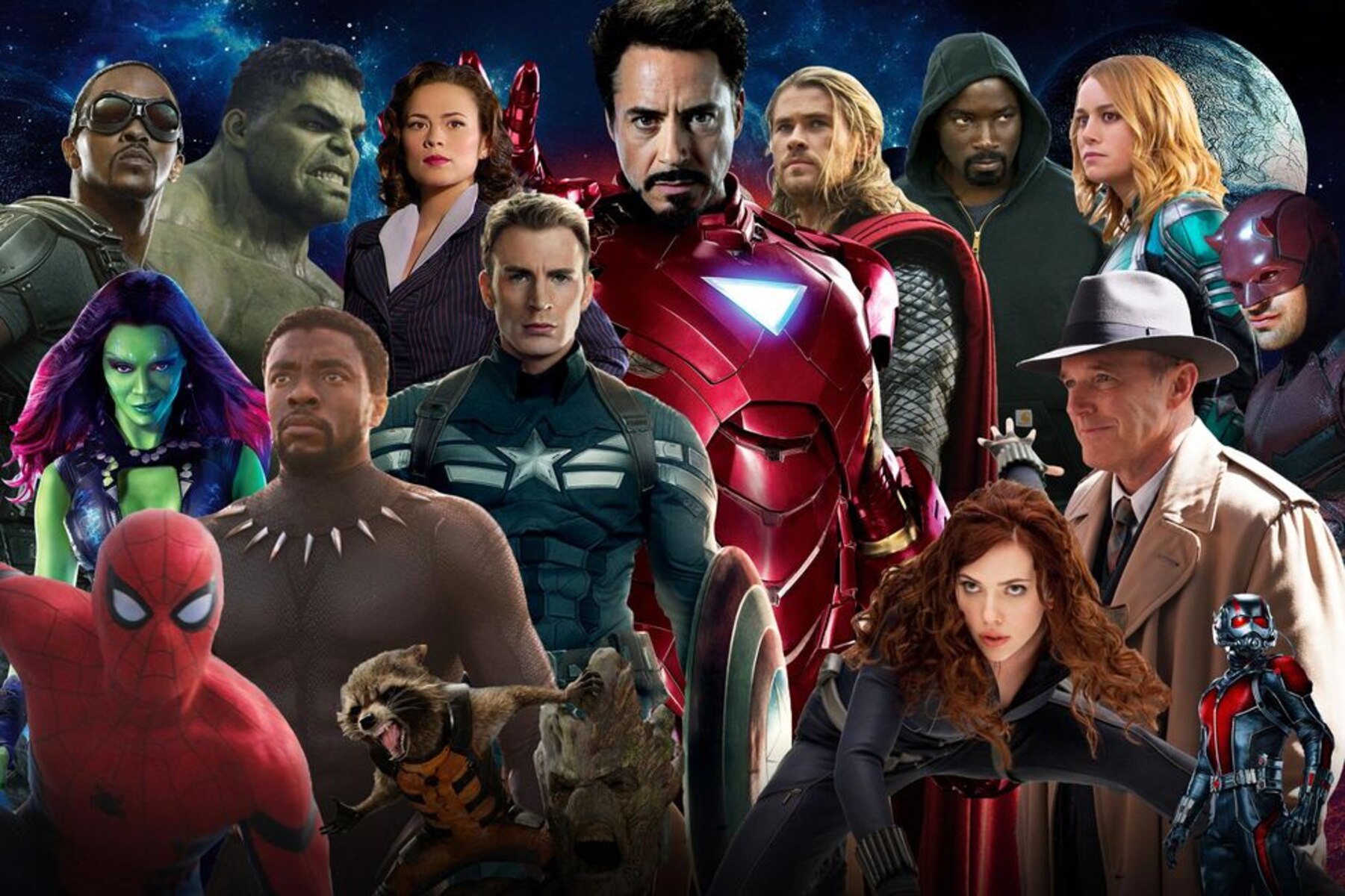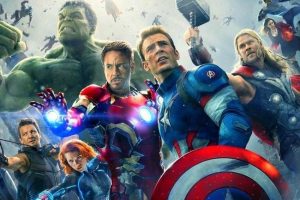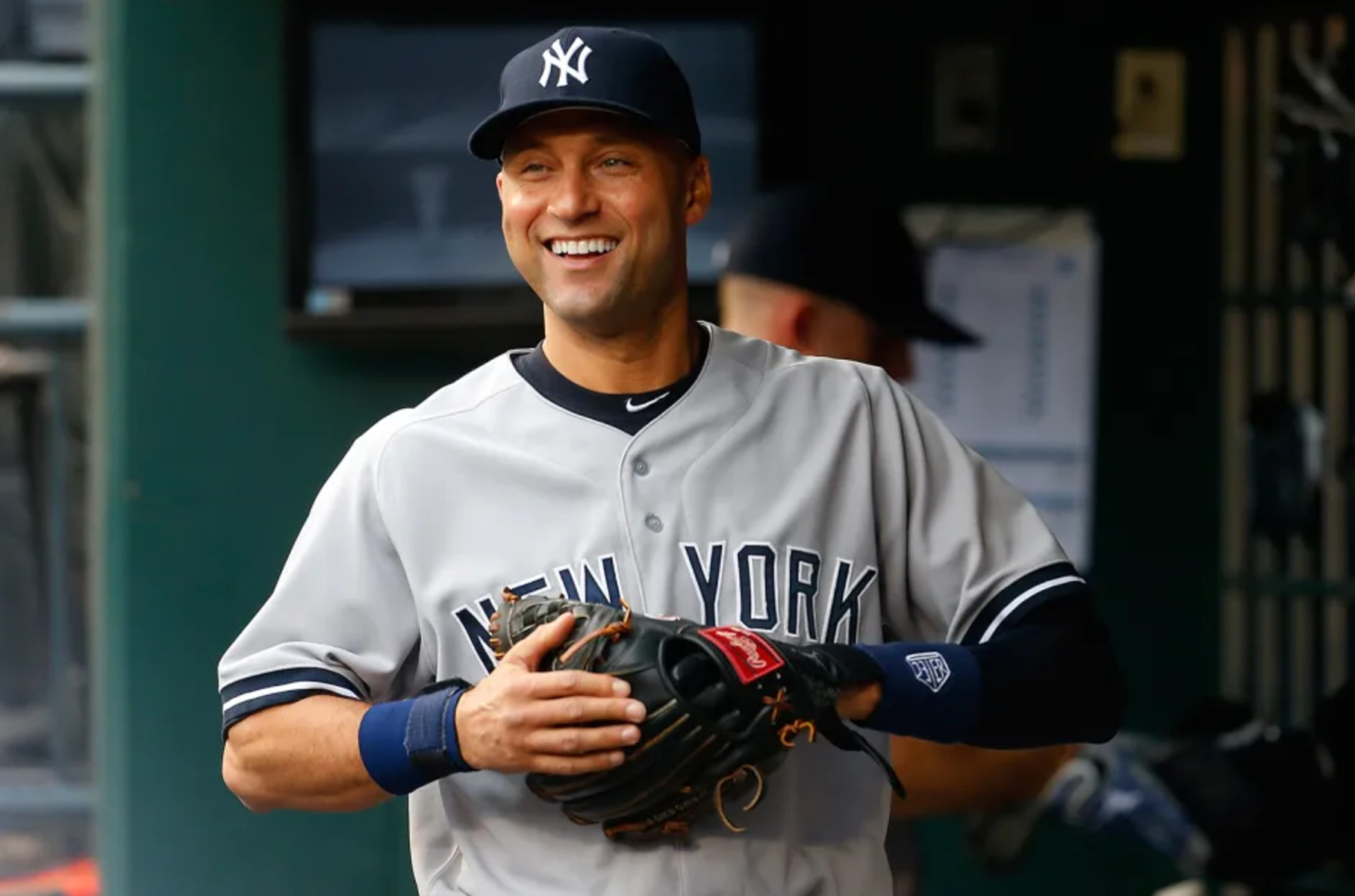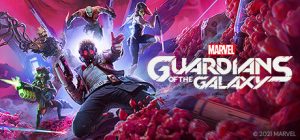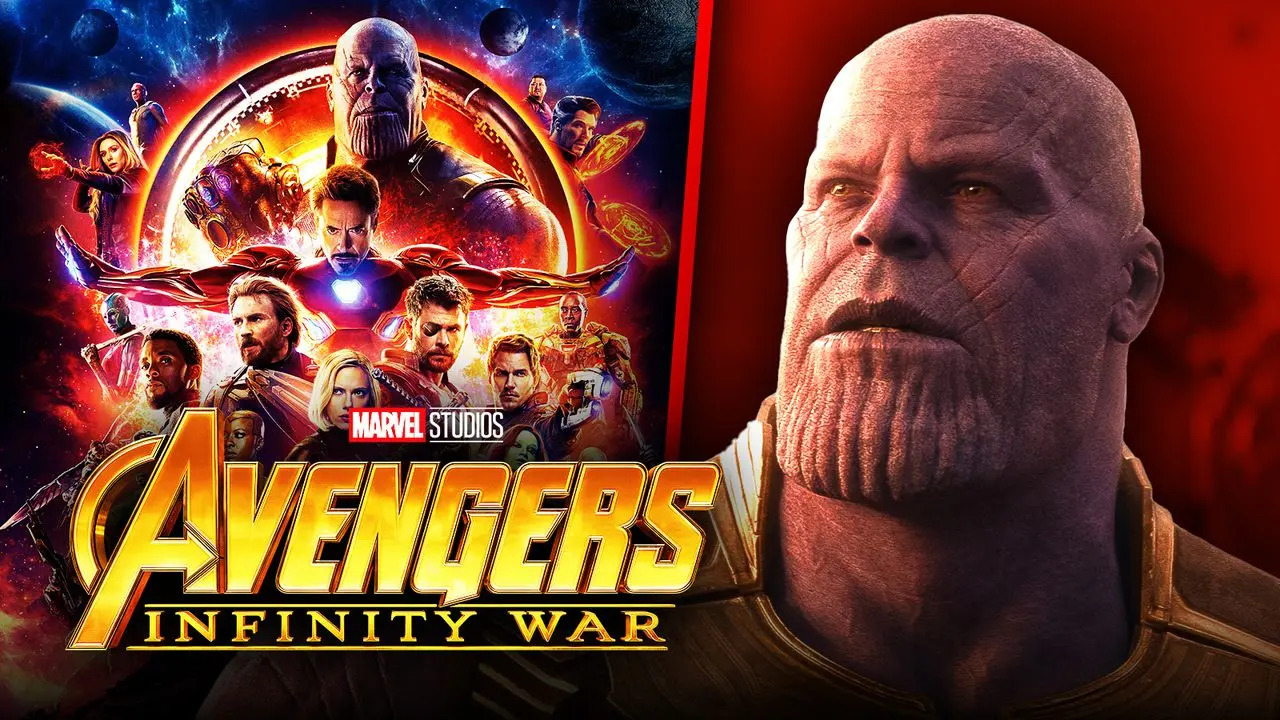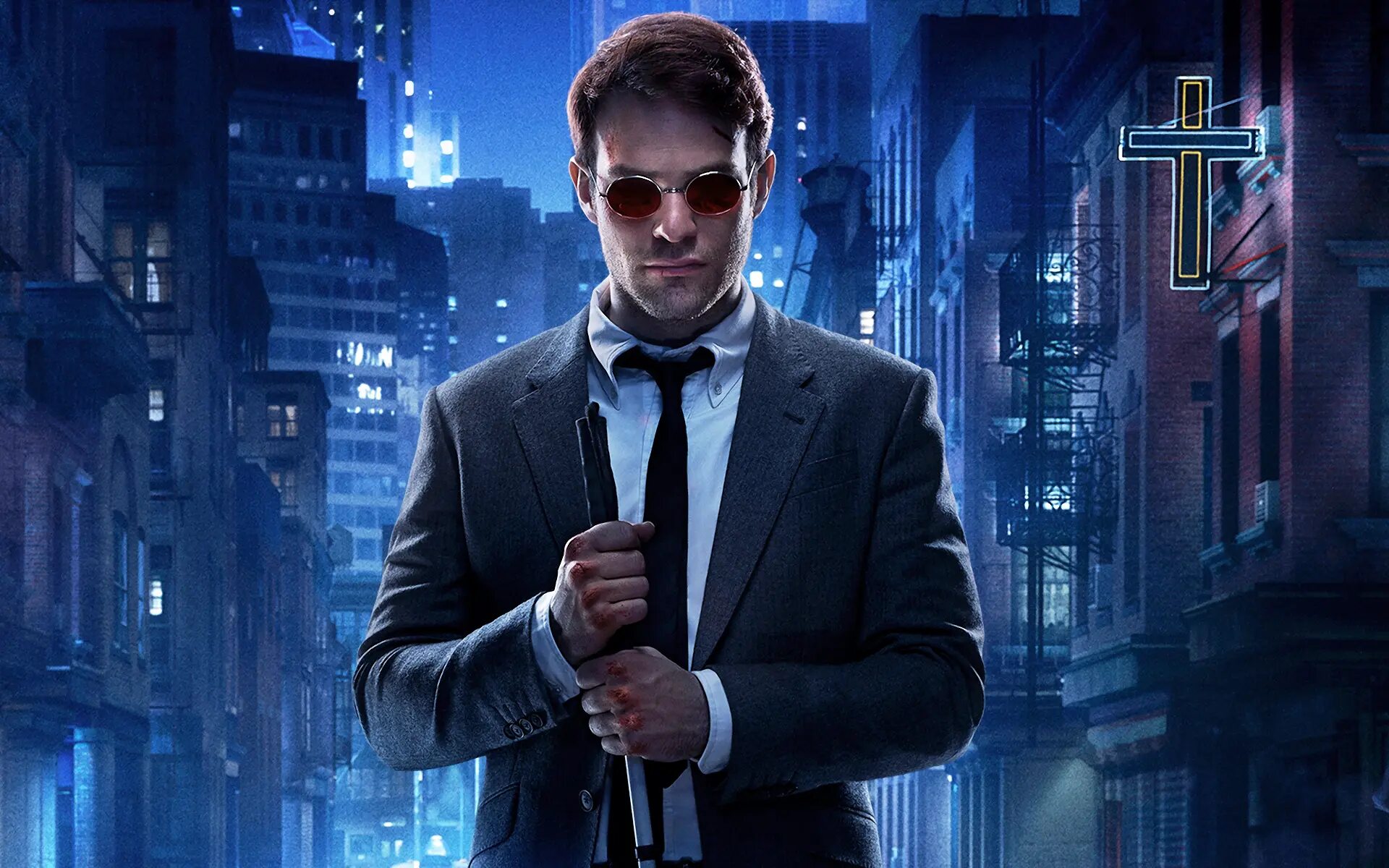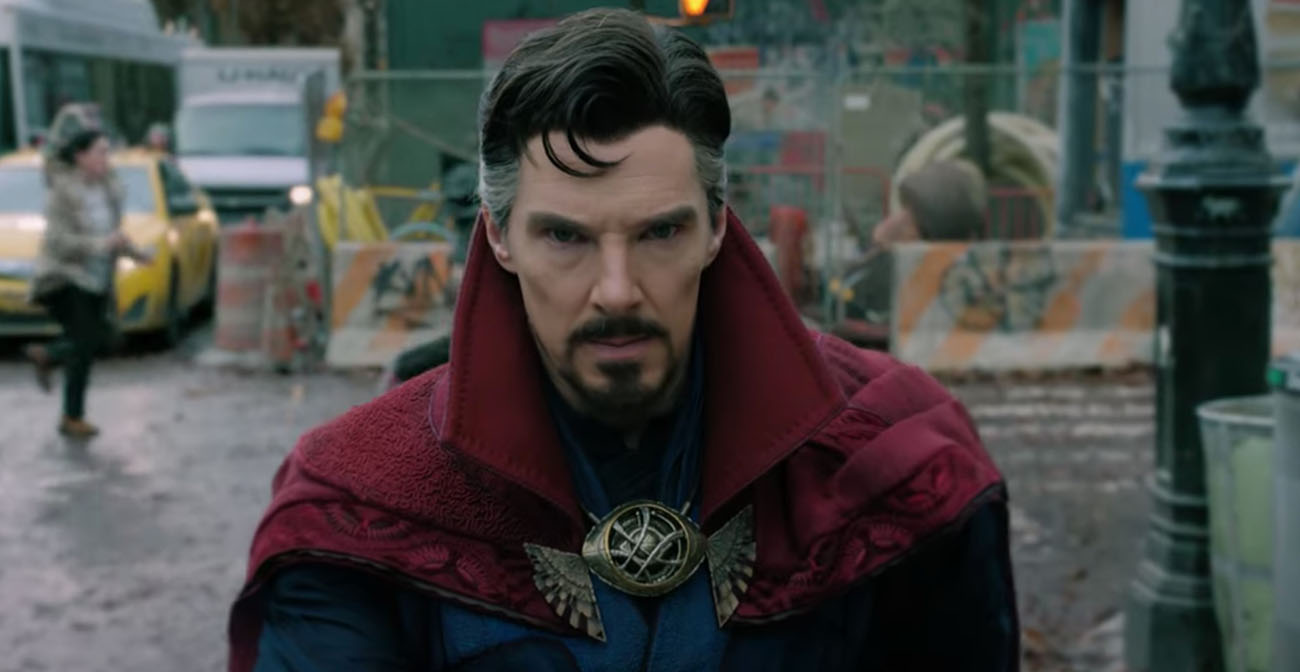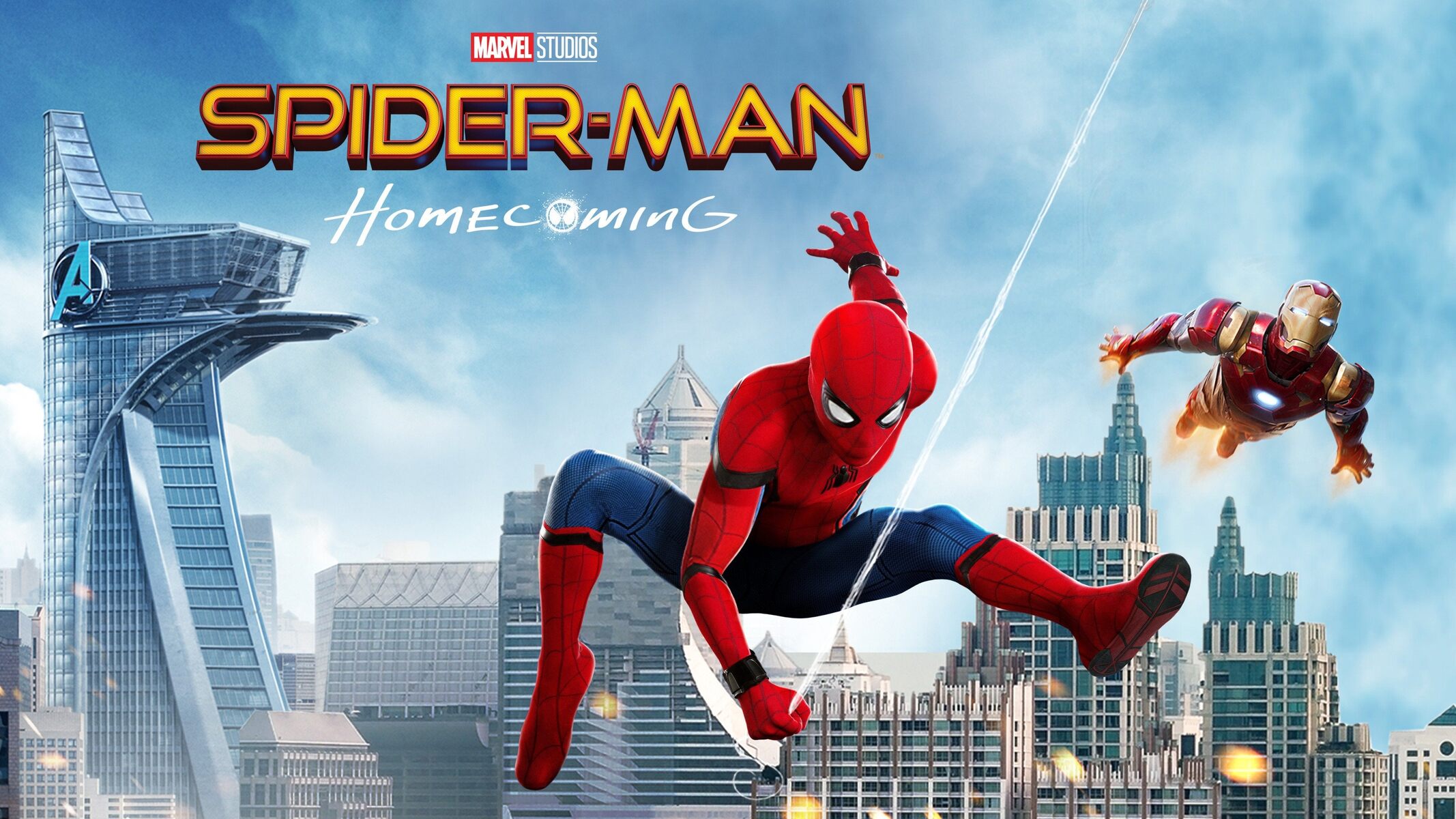Introduction
The Marvel Cinematic Universe (MCU) has taken the world by storm with its epic superhero stories and interconnected universe. With dozens of movies and TV shows released over the years, it can be quite overwhelming for newcomers to figure out where to start and how to watch the Marvel movies in order.
Whether you’re a die-hard fan or a casual viewer looking to dive into this incredible cinematic world, this guide will provide you with a comprehensive overview of the different viewing orders and help you navigate the MCU.
From the moment Iron Man graced the big screen in 2008, Marvel Studios set out to tell a cohesive and interconnected story that would span multiple phases and introduce a myriad of beloved characters. Each movie and TV show plays a vital role in shaping the overall narrative, leading up to epic crossover events like The Avengers and the battle against Thanos in The Infinity Saga.
While the MCU movies were released in a specific order, it’s worth noting that some events in the timeline may occur out of sequence or overlap. As a result, Marvel enthusiasts have come up with different viewing orders to enhance the storytelling experience and provide alternative perspectives.
In this guide, we will explore the release order of the movies and how they fit into different phases of the MCU. We will also discuss alternate viewing orders, such as chronological order, to give you a complete understanding of the interconnected universe and help you decide which approach suits you best.
So, grab your popcorn, put on your favorite Marvel superhero t-shirt, and get ready to embark on an exhilarating journey through the Marvel Cinematic Universe!
The Release Order
The release order of the Marvel movies is the most straightforward way to watch the MCU films. It follows the chronological order in which they were originally released in theaters. This order not only allows you to experience the evolution of the franchise but also provides a glimpse into the vision and storytelling progression of the Marvel Studios.
Phase 1 of the MCU kicks off with “Iron Man” (2008), introducing us to Tony Stark and his journey to becoming Iron Man. This is followed by “The Incredible Hulk” (2008), “Iron Man 2” (2010), “Thor” (2011), “Captain America: The First Avenger” (2011), and finally, “The Avengers” (2012), which brings our favorite superheroes together for the first time.
Phase 2 builds upon the foundation established in Phase 1 and delves deeper into the interconnected universe. It includes “Iron Man 3” (2013), “Thor: The Dark World” (2013), “Captain America: The Winter Soldier” (2014), “Guardians of the Galaxy” (2014), “Avengers: Age of Ultron” (2015), and “Ant-Man” (2015).
Phase 3 is where the stakes are raised, and the storylines become even more intertwined. This phase includes “Captain America: Civil War” (2016), “Doctor Strange” (2016), “Guardians of the Galaxy Vol. 2” (2017), “Spider-Man: Homecoming” (2017), “Thor: Ragnarok” (2017), “Black Panther” (2018), “Avengers: Infinity War” (2018), “Ant-Man and the Wasp” (2018), “Captain Marvel” (2019), “Avengers: Endgame” (2019), and “Spider-Man: Far From Home” (2019).
Phase 4 introduces a new era for the MCU, and while the release order for this phase is subject to change, some of the films and TV shows announced as part of Phase 4 include “Black Widow,” “Shang-Chi and the Legend of the Ten Rings,” “Eternals,” “Spider-Man: No Way Home,” “Doctor Strange in the Multiverse of Madness,” and “Thor: Love and Thunder.”
Watching the Marvel movies in release order allows you to witness the growth and development of the characters, as well as the overarching storylines that have captivated audiences worldwide. It’s a thrilling experience to see how the events in each movie lead to major revelations and game-changing moments in the MCU.
Phase 1: The Origins of the Avengers
The first phase of the Marvel Cinematic Universe focuses on introducing the origins and individual stories of the core Avengers characters. It sets the stage for the ultimate crossover event in “The Avengers,” where Earth’s mightiest heroes unite to save the world from Loki and his alien army.
The phase begins with “Iron Man” (2008), which not only marks the debut of Tony Stark as the genius billionaire playboy philanthropist but also kick-starts the entire MCU as we know it. The film showcases Tony’s transformation from a self-centered weapons manufacturer to a superhero with a high-tech suit of armor.
Next, “The Incredible Hulk” (2008) explores the story of Bruce Banner, a scientist who transforms into a green, raging monster whenever his anger gets the best of him. This film serves as a soft reboot of the Hulk franchise and highlights the struggles of Banner as he tries to control his monstrous alter ego.
“Iron Man 2” (2010) delves deeper into Tony Stark’s life and the challenges he faces both as Iron Man and as a public figure. It introduces new characters, such as Black Widow, and sets up important plot threads that will continue to unfold in future films.
In “Thor” (2011), the God of Thunder is banished to Earth and must learn humility and the true meaning of being a hero. This film introduces Asgard, the realm of the gods, and sets the stage for Thor’s heroic journey and his eventual reunion with his fellow Avengers.
“Captain America: The First Avenger” (2011) takes us back to World War II, where the scrawny Steve Rogers undergoes a transformation into the super-soldier Captain America. This film showcases Steve’s unwavering determination, bravery, and his pivotal role in stopping HYDRA and the Red Skull.
All these individual stories culminate in “The Avengers” (2012), directed by Joss Whedon. The film brings together Iron Man, Captain America, Thor, Hulk, Black Widow, and Hawkeye to form the Avengers and face off against Loki and his alien army. It is an action-packed extravaganza that solidifies the concept of a shared universe and sets the stage for future team-up adventures.
Phase 1 of the MCU not only establishes the origins of the core Avengers but also lays the foundation for the interconnected universe that would captivate audiences for years to come. Each film explores the journey of its respective protagonist, while also planting seeds for future storylines and character developments.
Phase 2: Expanding the MCU
Phase 2 of the Marvel Cinematic Universe takes the established characters and storylines to new heights, expanding the scope of the MCU and introducing new heroes, villains, and cosmic elements. It builds upon the foundation laid in Phase 1 while paving the way for even bigger conflicts and events in the future.
“Iron Man 3” (2013) kicks off Phase 2 by delving into the aftermath of the Battle of New York and exploring Tony Stark’s personal struggles. It showcases the toll being a superhero can take on one’s mental health and introduces a new threat in the form of the enigmatic terrorist, the Mandarin.
Next, “Thor: The Dark World” (2013) takes audiences back to Asgard as Thor faces off against Malekith, the leader of the Dark Elves. The film further explores the cosmic elements of the MCU and deepens the relationship between Thor and Jane Foster.
“Captain America: The Winter Soldier” (2014) introduces a more grounded and political tone into the MCU. Steve Rogers must navigate a world full of conspiracy and betrayal while facing an old friend-turned-assassin, the Winter Soldier. The film also sets the stage for the dissolution of S.H.I.E.L.D. and the changing dynamics within the Avengers.
“Guardians of the Galaxy” (2014) takes a bold leap into outer space and introduces a new group of heroes: Star-Lord, Gamora, Drax, Rocket, and Groot. This cosmic adventure brings humor, music, and a charming ensemble cast to the forefront, while also delving into the cosmic forces and the Infinity Stones.
“Avengers: Age of Ultron” (2015) reunites Earth’s mightiest heroes as they face the threat of Ultron, an artificial intelligence hell-bent on wiping out humanity. This film explores the consequences of the Avengers’ actions and delves deeper into their individual struggles, while also setting the stage for future conflicts and the pursuit of the Infinity Stones.
Finally, “Ant-Man” (2015) introduces a new hero, Scott Lang, as he steps into the shoes of Ant-Man under the guidance of the original Ant-Man, Hank Pym. This film provides a heist-like adventure with a unique shrinking and growing powerset, while also hinting at the quantum realm and its potential impact on the future of the MCU.
Phase 2 of the MCU not only expands the roster of superheroes and introduces new cosmic elements, but it also delves into the ramifications of the Avengers’ actions and sets the stage for the upcoming events in Phase 3. It showcases the diversity and range of stories within the MCU, captivating audiences with thrilling action, memorable characters, and interconnected narratives.
Phase 3: The Infinity Saga
Phase 3 of the Marvel Cinematic Universe is known as the Infinity Saga and represents the culmination of years of storytelling and character development. It brings together a multitude of superheroes, epic battles, and emotional moments as the Avengers face their greatest threat yet: the mad titan, Thanos, and his quest for the Infinity Stones.
“Captain America: Civil War” (2016) kicks off Phase 3 with a bang by pitting Iron Man against Captain America in a battle of ideologies. The film introduces new characters like Black Panther and Spider-Man while exploring the consequences of the Avengers’ actions and the impact it has on the world.
Next, “Doctor Strange” (2016) takes audiences on a mind-bending journey into the mystic arts. It introduces the Sorcerer Supreme, Stephen Strange, as he learns to master his newfound powers and protects the Earth from mystical threats.
“Guardians of the Galaxy Vol. 2” (2017) delves deeper into the cosmic side of the MCU as the Guardians face personal challenges and uncover the truth about Peter Quill’s parentage. It continues to blend humor, heart, and dazzling visuals while expanding the cosmic mythology of the MCU.
“Spider-Man: Homecoming” (2017) brings everyone’s friendly neighborhood web-slinger into the MCU. Peter Parker must navigate the challenges of being a high school student and a superhero while facing the Vulture, a formidable threat to New York City.
“Thor: Ragnarok” (2017) takes a bold and comedic approach as Thor finds himself in a gladiatorial contest and must prevent the destruction of Asgard at the hands of Hela. This film breathes new life into the Thor franchise and sets the stage for major events in the MCU.
“Black Panther” (2018) introduces audiences to the technologically advanced nation of Wakanda and the charismatic King T’Challa. The film explores themes of identity, heritage, and the responsibility that comes with power, all while delivering an action-packed and culturally significant story.
“Avengers: Infinity War” (2018) brings the entire MCU together in an epic showdown against Thanos. The film raises the stakes to unimaginable levels as the Avengers, Guardians of the Galaxy, and other heroes strive to prevent Thanos from obtaining all the Infinity Stones and wiping out half of all life in the universe.
“Ant-Man and the Wasp” (2018) provides a lighthearted and action-packed adventure as Scott Lang teams up with Hope Van Dyne to rescue Janet Van Dyne from the quantum realm. The film explores the ramifications of the events in “Infinity War” while setting the stage for future developments in the MCU.
“Captain Marvel” (2019) takes audiences back to the 1990s and follows the journey of Carol Danvers as she becomes the powerful superhero, Captain Marvel. The film provides insight into Nick Fury and the origins of the Avengers Initiative, while also paving the way for Carol’s future in the MCU.
Finally, “Avengers: Endgame” (2019) serves as the grand finale of the Infinity Saga, wrapping up storylines and character arcs that fans have invested in for years. The Avengers embark on a time-bending mission to undo the devastating effects of “Infinity War” and face one final battle against Thanos.
Phase 3 of the MCU is an epic tapestry of interconnected stories and emotional moments, bringing together beloved characters and concluding major story arcs. It explores themes of sacrifice, redemption, and the power of unity, leaving a lasting impact on audiences and setting the stage for the future of the Marvel Cinematic Universe.
Alternate Viewing Orders
While watching the Marvel movies in release order provides a straightforward viewing experience, some fans prefer exploring alternate viewing orders to enhance the narrative or focus on specific storylines. Here are a few alternate viewing orders that you can consider:
1. Chronological Order: In chronological order, you watch the movies based on the timeline of events within the MCU. This means starting with “Captain America: The First Avenger” set during World War II, followed by “Captain Marvel,” and continuing through the phases in the order the events occur. It provides a unique perspective on the MCU timeline and the evolution of characters and storylines.
2. Thematic Order: Thematic order groups the movies based on common themes or storylines. For example, you can watch all the Iron Man movies together, followed by the Captain America movies, and so on. This order allows you to focus on specific character arcs or story threads, providing a more focused viewing experience.
3. Infinity Stone Order: This viewing order revolves around the Infinity Stones, which play a significant role in the MCU. You start with “Captain America: The First Avenger” to introduce the Tesseract, followed by “Thor: The Dark World” for the Aether, “Guardians of the Galaxy” for the Power Stone, and so on. This order highlights the importance and interconnectedness of the Infinity Stones throughout the MCU.
4. Team-Up Order: For those who enjoy the camaraderie and interactions between the Avengers, a team-up order can be a fun choice. This order starts with “The Avengers” and continues with the other Avengers-centered movies like “Avengers: Age of Ultron,” “Avengers: Infinity War,” and “Avengers: Endgame.” It allows you to focus on the dynamics and growth of the Avengers team.
Ultimately, the choice of viewing order depends on your preferences and what aspects of the MCU you want to emphasize. Whether you decide to go with the release order, chronological order, or explore thematic or team-up orders, each approach provides a unique perspective on the expansive Marvel Cinematic Universe.
So, grab your Avengers-themed Snuggie, some popcorn, and dive into the world of superheroes, action, and epic storytelling in the Marvel Cinematic Universe!
Chronological Order
If you’re looking for a different way to experience the Marvel Cinematic Universe, watching the movies in chronological order can provide a fresh perspective on the timeline of events within the MCU. This order allows you to follow the story from the earliest events to the most recent, immersing yourself in the rich history and character development of the Marvel Universe.
The chronological order starts with “Captain America: The First Avenger,” which takes place during World War II and introduces us to Steve Rogers as he transforms into the first Avenger. This film serves as a great starting point as it lays the foundation for several key elements in the MCU, including the Tesseract and the origins of SHIELD.
Next, you would watch “Captain Marvel,” which is set in the 1990s and introduces Carol Danvers as a powerful hero with ties to both Earth and the cosmic side of the MCU. This film provides insights into Nick Fury and the origins of the Avengers Initiative, adding depth to the overall narrative.
From there, the chronological order takes you through each phase of the MCU, following the order of events rather than release dates. You’ll see how characters evolve, stories unfold, and overarching plots develop as you move through the phases. This order allows you to witness the timeline of major events, such as the Battle of New York in “The Avengers” or the aftermath of “Captain America: Civil War” in subsequent films.
Watching the movies in chronological order offers a unique way to connect the dots and understand how various events and characters interweave throughout the MCU. It allows you to spot subtle references and Easter eggs that might have been missed when watching in release order. You’ll gain a deeper appreciation for the meticulous planning and interconnectedness of the Marvel storytelling.
However, it’s important to note that some films and events occur simultaneously or overlap in this order. For example, “Iron Man 2” and “The Incredible Hulk” take place around the same time, and “Thor: The Dark World” and “Captain America: The Winter Soldier” occur concurrently. Despite these overlaps, watching in chronological order still provides a coherent and enjoyable viewing experience.
So, if you’re ready to embark on a journey through the MCU that follows the timeline of events, grab your Infinity Stone replica and immerse yourself in the interconnected world of superheroes, aliens, and cosmic battles. Discover the evolution of the Marvel Cinematic Universe in chronological order and let the story unfold before your eyes!
Conclusion
The Marvel Cinematic Universe offers a vast and interconnected storytelling experience that has captivated audiences worldwide. Whether you choose to watch the movies in release order, chronological order, or explore alternate viewing orders, each approach provides a unique perspective on the fantastic world of superheroes and their adventures.
The release order allows you to witness the evolution of the MCU, as well as the vision and storytelling progression of Marvel Studios. It follows the order in which the movies were originally released in theaters, building up to epic crossover events like “The Avengers” and “Avengers: Endgame.” This order provides a straightforward way to enjoy the films and see the gradual expansion of the universe.
On the other hand, watching the movies in chronological order allows you to experience the MCU from a different angle. It places the events in a timeline that follows the in-universe order of events, providing a deeper understanding of the interconnected narrative. This order highlights the evolution of characters, storylines, and the overarching plot of the Marvel Universe.
Alternate viewing orders, such as thematic or team-up orders, offer exciting ways to focus on specific aspects of the MCU. They allow you to explore themes, character arcs, or group dynamics, providing a different lens through which to appreciate the films. These orders offer fresh perspectives and enhance the narrative experience for both newcomers and long-time fans.
Whichever viewing order you choose, the Marvel movies are sure to provide hours of entertainment, thrilling action, and moments of humor, heart, and heroism. From the origins of Iron Man to the cosmic battles against Thanos, the MCU has created a rich and immersive cinematic universe that continues to expand and captivate audiences.
So, grab your Captain America shield, don your Iron Man suit, and immerse yourself in the adventure, camaraderie, and thrilling storytelling of the Marvel Cinematic Universe. Get ready to witness the rise of superheroes, the clash of titans, and the triumph of the human spirit in a world filled with possibility and limitless imagination.







